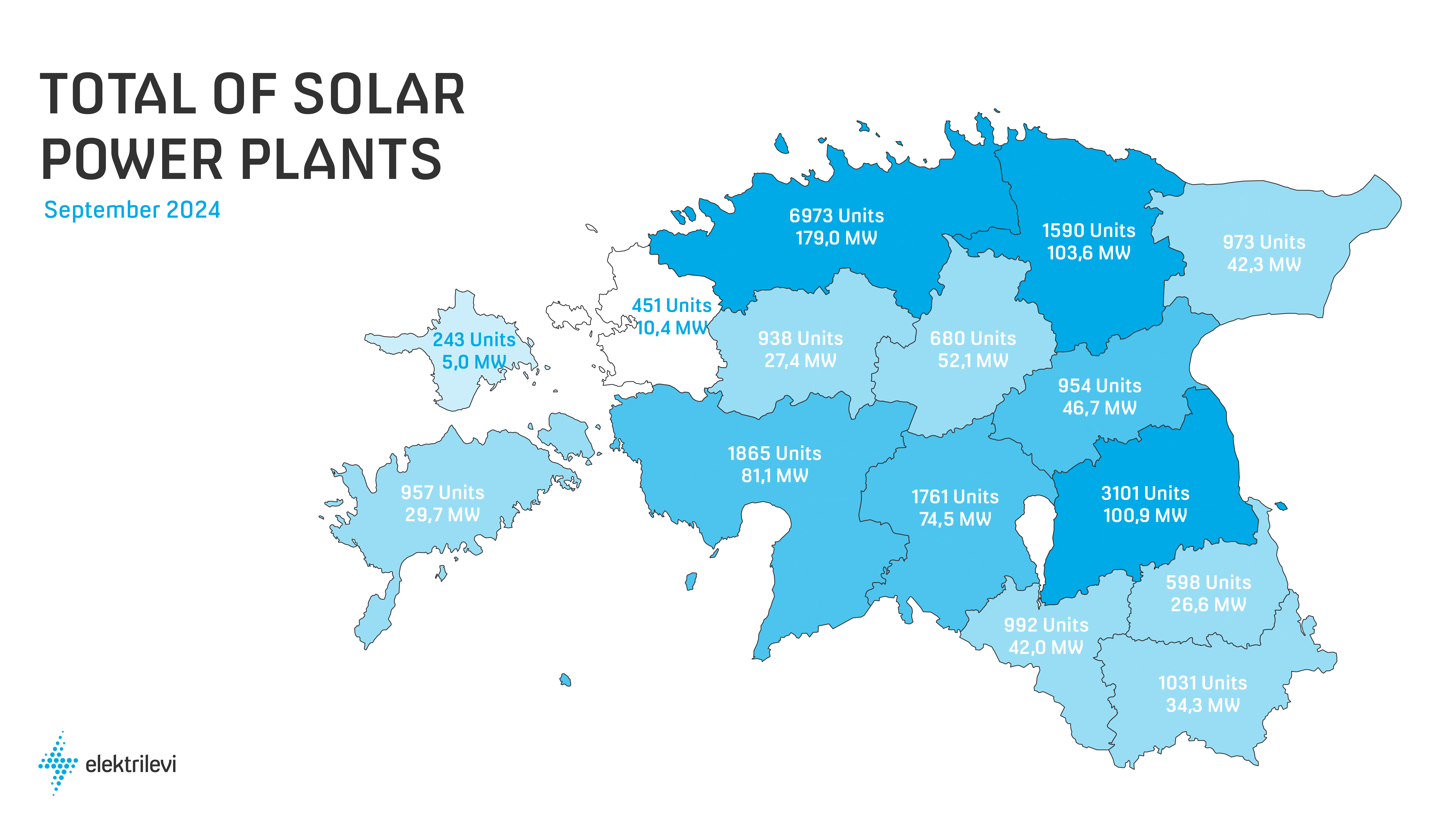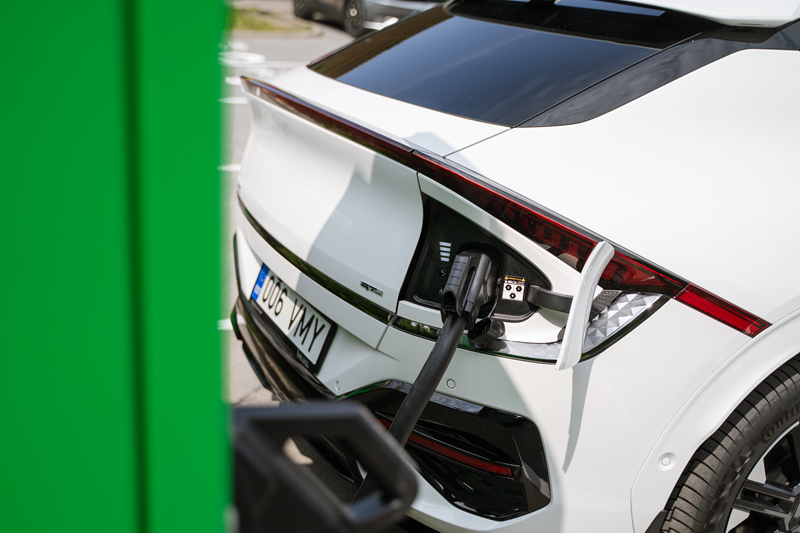Data from Elektrilevi for the third quarter of this year confirms a steady growth in both the number of electricity producers and the amount of energy generated in Estonia. Micro-producers, including households, play a significant and growing role in this sector.
As of the end of September, there were 22,094 electricity producers connected to the Elektrilevi network, of which 12,829 were micro-producers (with a production capacity of up to 15 kW). The total electricity generation capacity connected to the grid reached 939 megawatts (MW).
It is noteworthy that the maximum capacity supplied to the grid during the third quarter increased by nearly 24% compared to the same period last year, reaching 647.3 MW on 6th September. This was largely supported by solar electricity production, which peaked at 626 MW on the same day. Solar power generation in the third quarter of this year was 127 MW higher than during the same period last year.
Although the number of producers and production capacity continues to grow, fewer new producers have joined the grid compared to last year. In the third quarter of this year, 406 new electricity producers were connected to the grid, including 361 micro-producers, with a total production capacity of 50.3 MW. In comparison, during the same period in 2023, there were 1,332 new producers (including 809 micro-producers) with a total capacity of 67 MW.
Despite the smaller number of new grid connections, the volume of electricity produced continues to increase. By the end of the third quarter, 799.57 gigawatt-hours (GWh) of electricity had been produced in the Elektrilevi network, coming close to last year’s total production of 820.45 GWh.
Households and other micro-producers play a critical role in this growth trend, as the spread of solar panels and the increase in production capacity is a significant development. Additionally, the use of storage solutions is on the rise, with contracts for these devices signed at 202 consumption points, totalling 6.3 MW of capacity.
In addition to personal benefits such as saving on grid fees and improving resilience during power outages, the contribution of households and other micro-producers is crucial to Estonia’s electricity network. They help balance the grid and ensure more stable energy supply across the country.




